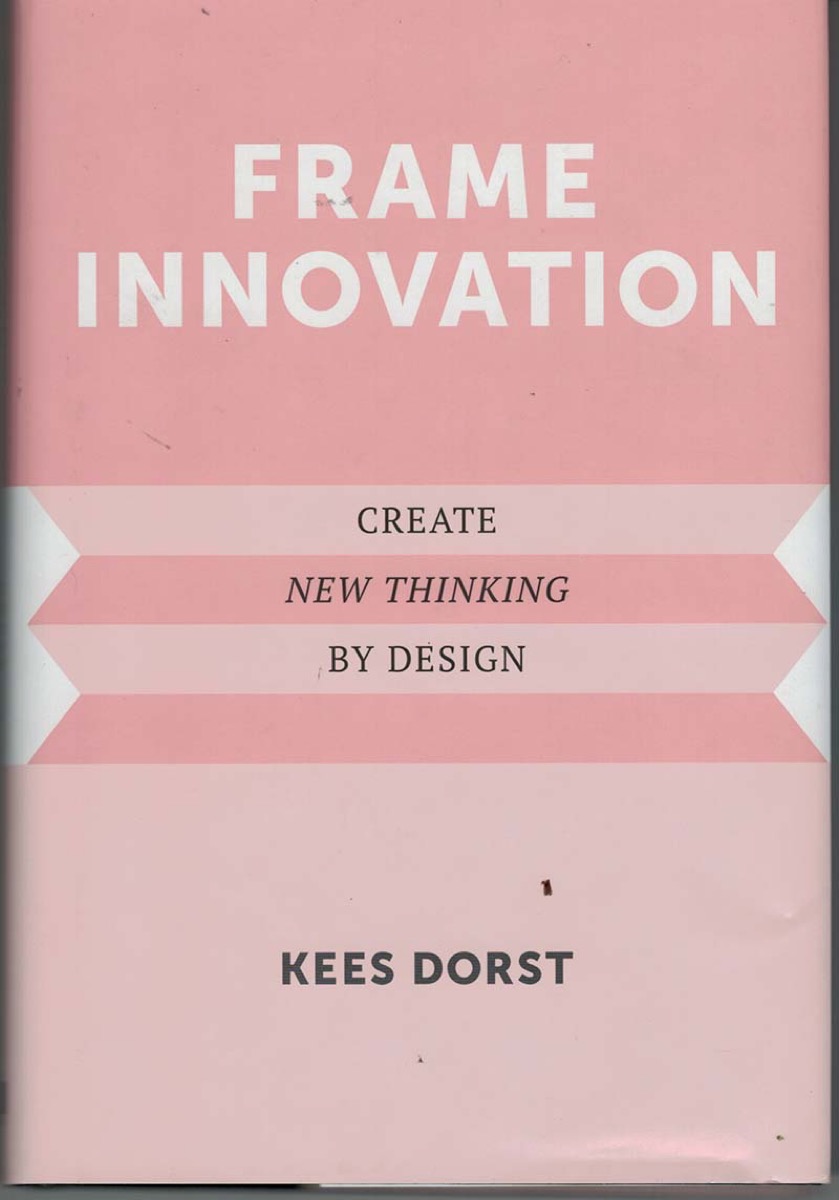Framing Services
strategy and components in context of time and place
“Services” are a means of encoding and expressing strategy through design. Carefully chosen and well-defined vocabularies help reveal the contours of the solution space.
Services Frames provide a syntax for our taxonomies, a binding for our stories, allowing us to describe a Service without being overly prescriptive, preserving optionality.
A Frame is a proposal through which — by applying a particular pattern of relationship — we can create a desired outcome.
— Kees Dorst
Problems which are Open, Complex, Dynamic and Networked
The problems that designers are faced with today, says Kees Dorst are so “…open, complex, dynamic and networked that they are impervious to solution”.

Frame Innovation is an approach to working out solutions within the seemingly impenetrable contemporary problem landscape. Frame Innovation applied to mental model of Services provides a roadmap for Service Discovery. The foundations of this practice area are universal, but our context is focused on the business space where demand is for digital solutions.
“A problem can never be solved from the context from which it arose.”
— “Big Al” Einstein
An outside perspective is needed to recast objectives in terms of concrete service specifications. The benefits to the organization are extraordinary.
Most discussions of digital solutions are focused on the problem of building the right thing, but the conversation tends to yield to best practices when it comes to the people and systems that make the magic happen. In an open, dynamic and networked problem space, relying on best practices is a reliable way to fail, because the unique circumstances of time and place are too manifold. At best, we end up with success by heroics, which is really just another brand of failure.
In the past, designers operated on the belief that talent and a willingness to jump into problems with both feet gave them an edge in solving problems.
— Donald Norman
Problems faced by IT organizations today overwhelm the limits of old school creative solutioning. A systematic approach to frame the solution space is needed.
The discussion we want to have here is not about building the right thing, but about how we design the system that reliably transforms what is wanted (requirements) from some present state into a preferred state. That is the business of a technology organization.
Professional design practice today involves advanced knowledge. This knowledge is not solely a higher level of professional practice; it is also a qualitatively different form of professional practice that emerges in response to the demands of information society and the knowledge economy to which it gives rise.
— Ken Friedman and Erik Stolterman
To properly frame the problem, a service specification should limit itself to establishing policies, procedures and heuristics applying to general types of situations, and should allow the agents within the process the freedom in everything which depends on the circumstances of time and place, because only those agents concerned in each instance can fully know these circumstances and adapt their actions to them.
Now that we’ve established the goal of drying out ambiguity in encoding and expressing strategy through design, the next section, The Language of Services, introduces the simple 16 keyword vocabulary of Service Specification.

Marcos Paulo Prado — "Woman writing in a notebook"

Let's agree to define productivity in terms of throughput. We can debate the meaning of productivity in terms of additional measurements of the business value of delivered work, but as Eliyahu Goldratt pointed out in his critique of the Balanced Scorecard, there is a virtue in simplicity. Throughput doesn’t answer all our questions about business value, but it is a sufficient metric for the context of evaluating the relationship of practices with productivity.